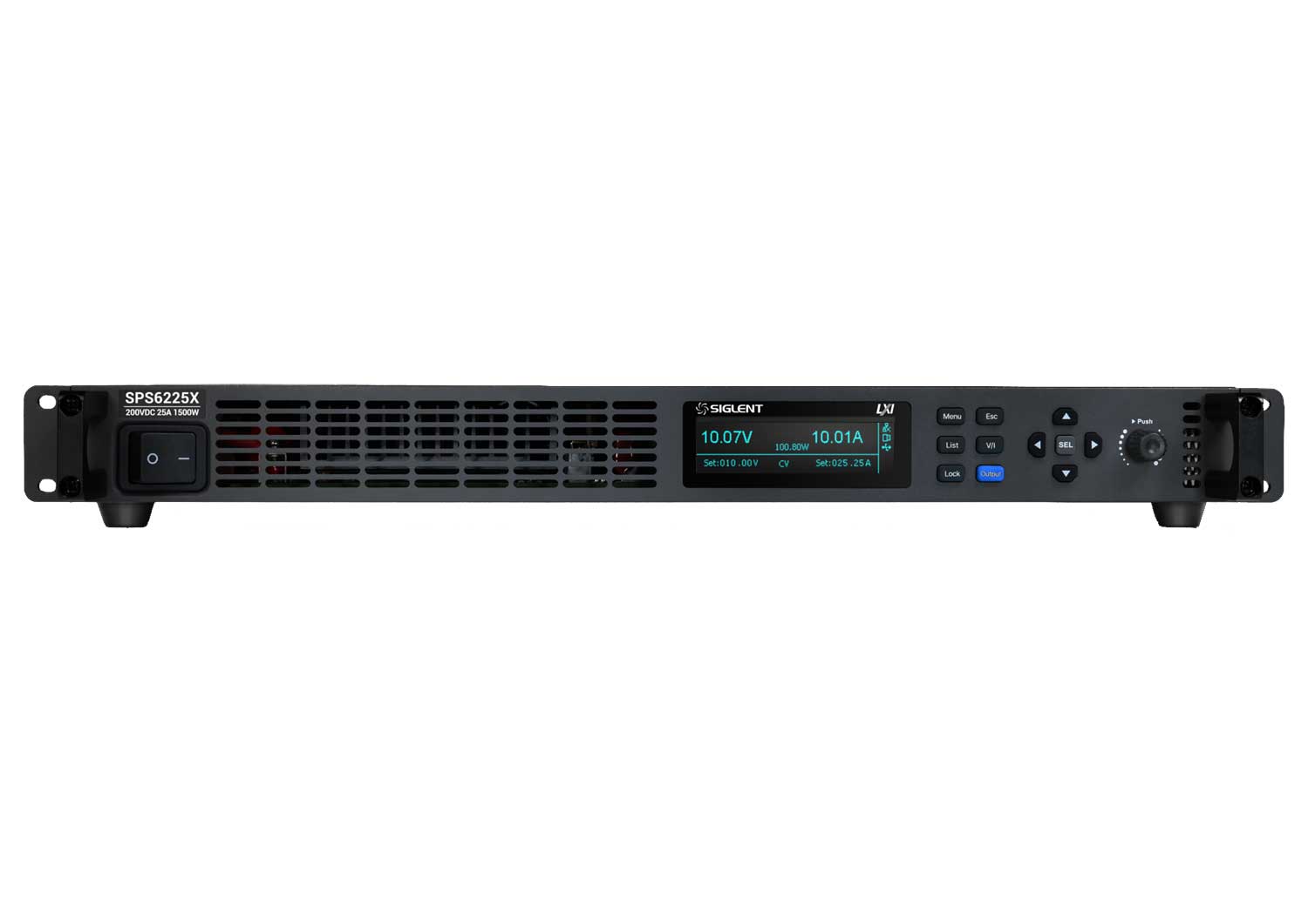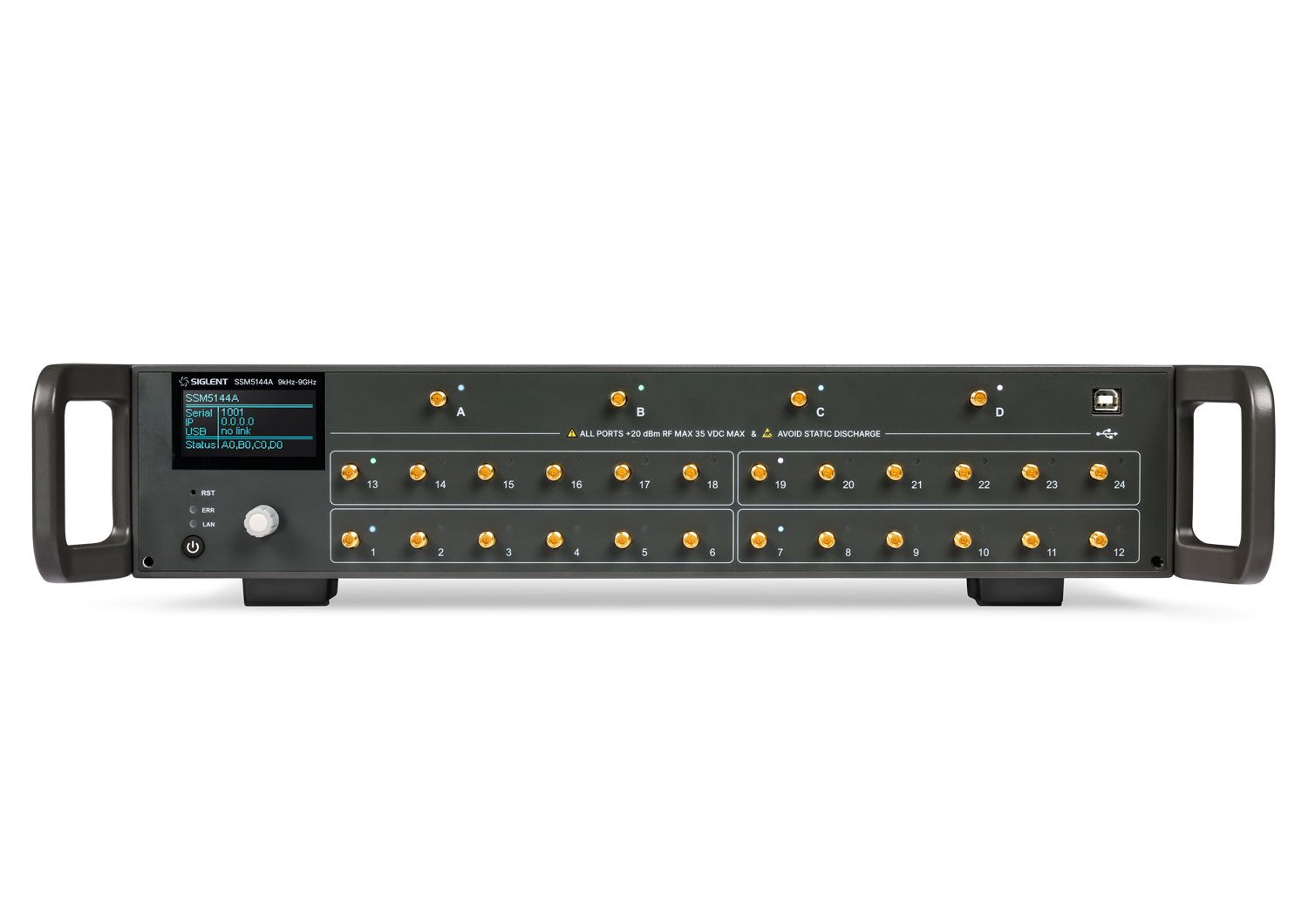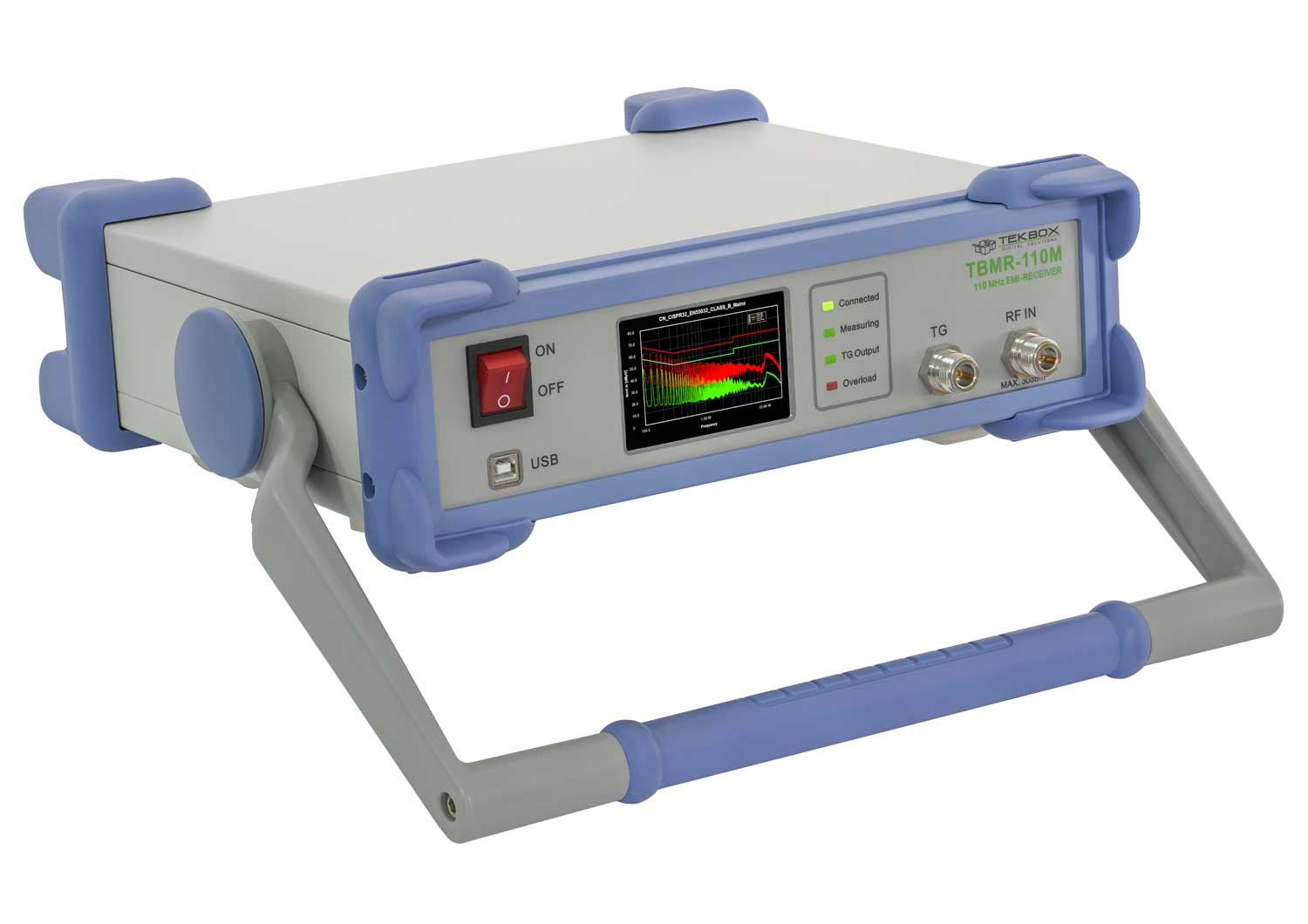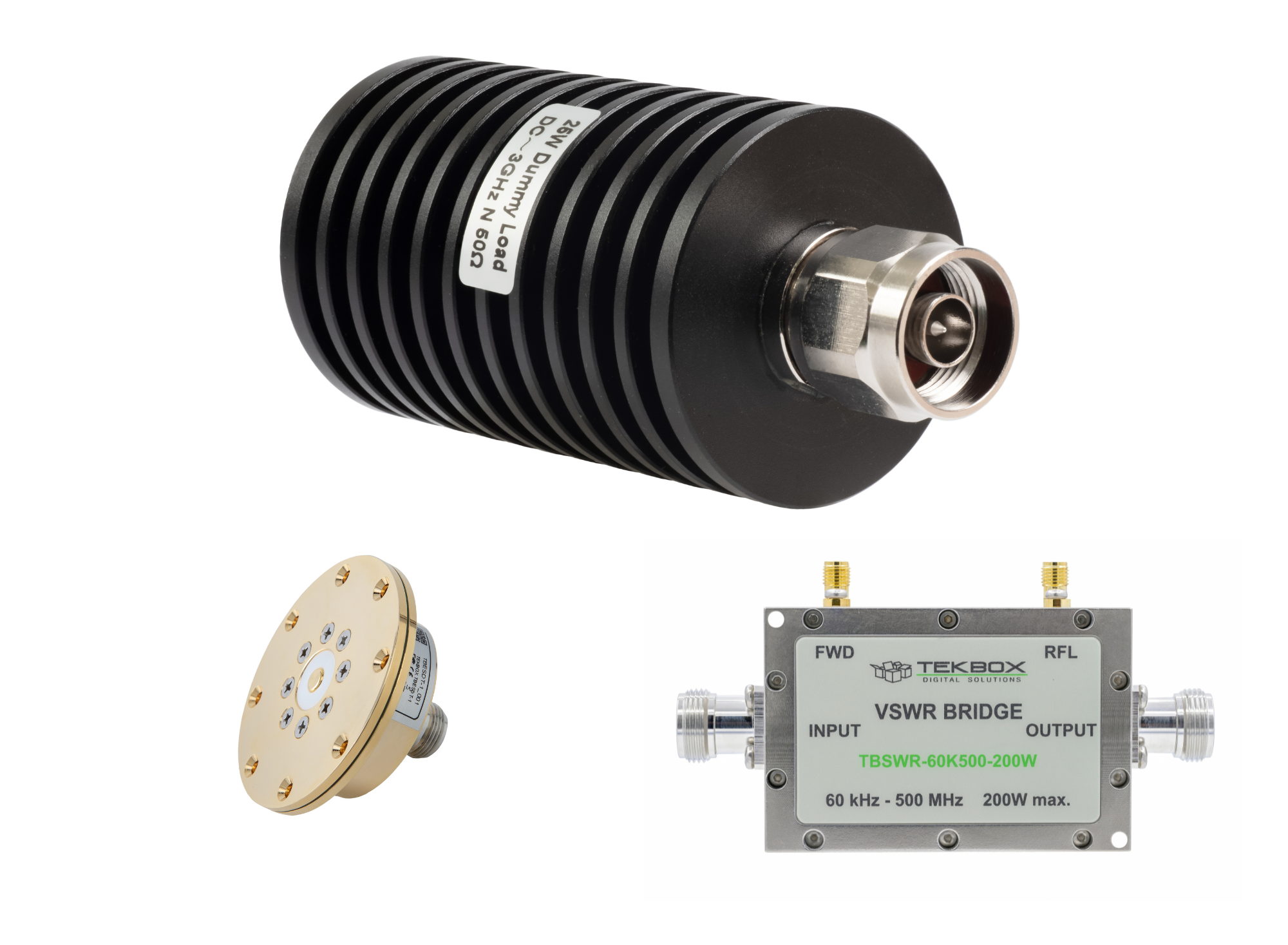Spectrum analysers are extremely helpful tools for visualising signals in frequency space. This note will describe how to use settings to minimize error when performing peak measurements using a Rigol DSA Spectrum analyser.
Radio Frequency signals, especially continuous wave (CW) signals, have a finite frequency width. Spectrum analysers, like the Rigol DSA series, use the
Resolution Bandwidth Setting (RBW) to determine the bandwidth of the filter used analyse each resolution. For a fixed span, smaller RBW settings will equate to smaller frequency “steps” and finer frequency resolution measurement capabilities.
If the bandwidth of the source is less than the RBW setting of the spectrum analyser, the resultant spectrum analyser trace will have a finite width and a shape very much like a Gaussian or Bell curve as shown in Figure 1.
In Figures 1through 4, the input is a fixed 10MHz Sine wave. The only difference is the RBW setting on the DSA. As you can see, the width of the trace decreases as the RBW decreases. This is because the width of the RF input is less than the RBW value. We are effectively viewing the width of the RBW filter.
It’s also important to point out that the shape of the peak of the trace also changes. It goes from a “bubbled” shape with no real “peak” to a more pointed shape. Traces with “bubbled” shapes may have peak readings that vary because there is not a singular point that is has the highest amplitude.
To achieve high accuracy peak measurements, you should use the smallest RBW setting that you can. If you have varying peak values, try lowering the RBW value and retest.
Figure 1: 10MHz input, 300kHz span, RBW = 30kHz
Figure 2: 10MHz input, 300kHz span, RBW = 10kHz
Figure 3: 10MHz input, 300kHz span, RBW = 3kHz
Figure 4: 10MHz input, 300kHz span, RBW = 1kHz
Home / Knowledge Base / Knowledge Base Spectrum Analysers / Knowledge Base DSA800 Series / How can I optimize the Peak scan measurements on a DSA spectrum analyser?
How can I optimize the Peak scan measurements on a DSA spectrum analyser?
Posted on: December 16th, 2020 by Doug Lovell
Product Categories
AC Power Supplies / Frequency ConvertersDC Power Supplies
DC Electronic Loads
Test & Measurement
Safety Testers
EMC
Soldering Irons / Test Tools
Manufacturers
Rental

Service & Support
AboutContact
Newsletter
Service Returns Form
Returns Policy
Terms and Conditions
Privacy Policy
Shipping & Delivery
My account


Copyright © 2024. All rights reserved by Telonic Instruments Ltd
Website operated by Jumping Giraffe Ltd. Jumping Giraffe Ltd is not responsible for content on external websites.





























































































 FREE SHIPPING £75+
FREE SHIPPING £75+
 CELEBRATING 50+ YEARS
CELEBRATING 50+ YEARS
 PRICE MATCH GUARANTEE
PRICE MATCH GUARANTEE

